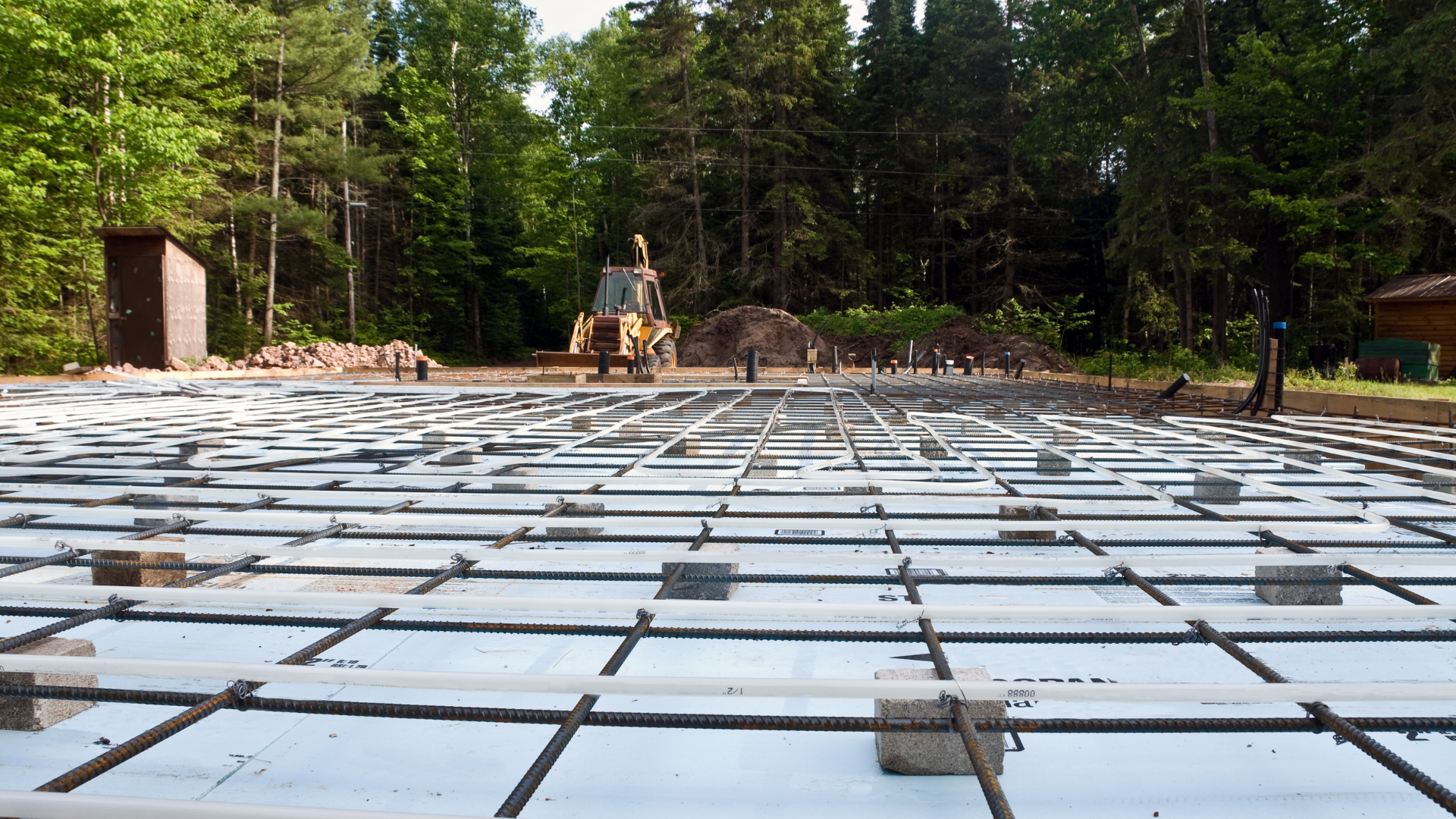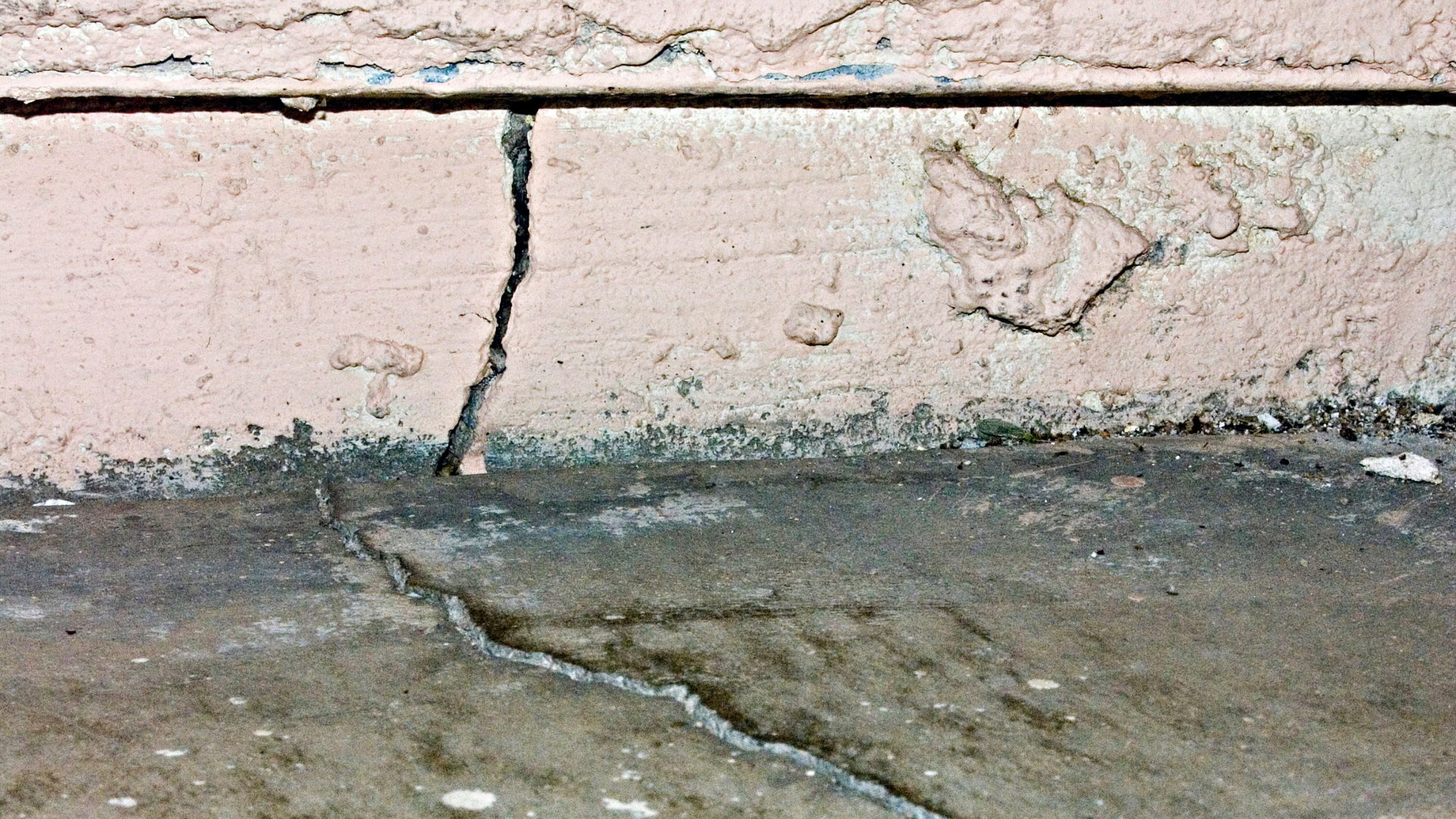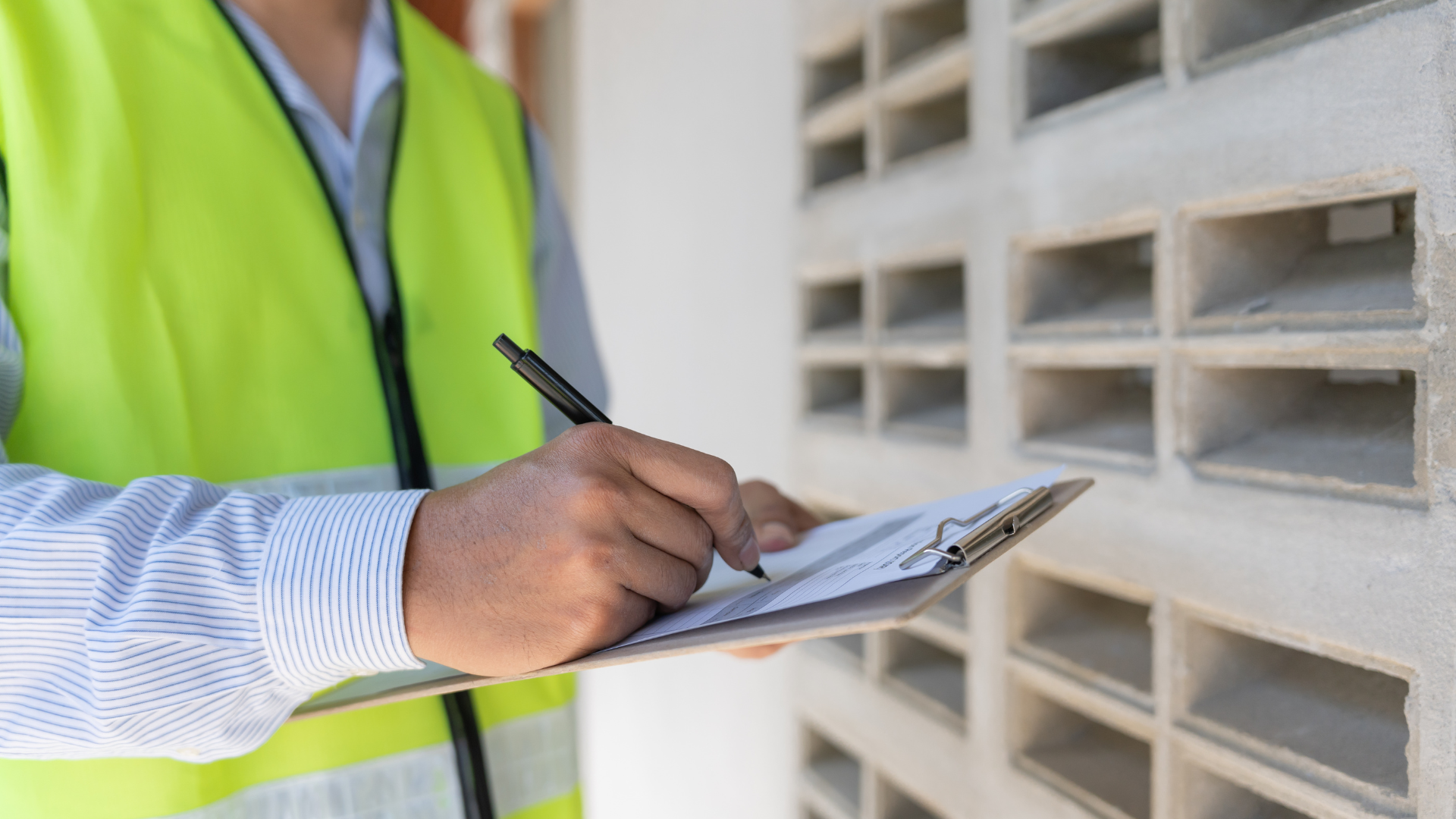House Foundations in Arizona: Challenges and Considerations
The foundation of a house is one of the most critical elements of its structure, serving as the base upon which the entire home rests. In Arizona, unique environmental factors such as arid climate, expansive soils, and seismic activity significantly influence the type, design, and maintenance of house foundations.
 Common Types of Foundations in Arizona
Common Types of Foundations in Arizona
Slab-on-Grade Foundations
Slab-on-grade is the most common type of foundation in Arizona. It involves a single layer of concrete poured directly onto the ground, typically reinforced with steel rebar.
Advantages:
Cost-effective and quick to construct.
Resistant to termite infestations, which are common in Arizona.
Disadvantages:
Susceptible to cracking due to soil movement.
Limited access for plumbing or electrical repairs beneath the slab.
Post-Tensioned Slabs
These foundations use steel cables embedded in the concrete, which are tensioned after the concrete sets to provide additional strength and resistance to soil movement.
Advantages:
Enhanced durability and crack resistance.
Ideal for expansive soils.
Disadvantages:
Higher initial cost.
Requires skilled labor for proper installation.
Pier and Beam Foundations
While less common in Arizona, some homes use pier and beam systems, particularly in areas with unstable soils or flood risks. This design involves piers sunk into the ground to support beams that hold the house above the ground level.
Advantages:
Easier to repair and maintain.
Reduces the risk of soil-related foundation issues.
Disadvantages:
Vulnerable to pests and moisture issues.
 Challenges for Foundations in Arizona
Challenges for Foundations in Arizona
Expansive Soils
Many areas in Arizona, such as Phoenix and Tucson, have soils high in clay content. These expansive soils can shrink when dry and swell when wet, leading to foundation movement and cracking.
Extreme Heat
Arizona’s intense heat can cause soil to dry and contract, creating voids beneath foundations. Over time, this can result in uneven settling and structural damage.
Flash Flooding
Sudden heavy rains in Arizona’s monsoon season can lead to flash flooding, which may erode soil and undermine foundations, particularly in poorly drained areas.
Seismic Activity
While Arizona is not as seismically active as neighboring California, certain areas experience minor earthquakes that can stress foundations over time.
 Tips for Foundation Maintenance in Arizona
Tips for Foundation Maintenance in Arizona
Soil Moisture Management
Maintain consistent soil moisture around your foundation to minimize expansion and contraction.
Use drip irrigation systems to water plants near your home carefully.
Drainage Solutions
Ensure proper grading around your home to direct water away from the foundation.
Install gutters and downspouts to manage rainwater during monsoon season.
Regular Inspections
Look for cracks in walls, floors, or the foundation itself.
Address signs of foundation settling or shifting promptly to avoid more significant issues.
Choose the Right Materials
Work with local builders and engineers familiar with Arizona’s soil and climate conditions to select the most suitable foundation type and materials.
Foundations in Arizona face unique challenges due to the state’s environmental conditions. By understanding these challenges and employing proper design, construction, and maintenance practices, homeowners can ensure their foundations remain strong and durable over time. Whether building a new home or maintaining an existing one, attention to foundation health is vital for the long-term stability of any structure in Arizona.
#ArizonaHomes #FoundationTips #ExpansiveSoils #MonsoonSeason #HomeMaintenance #ArizonaLiving #StructuralStability #HomeBuilding #FoundationRepair #HomeownersGuide
Works Cited
-
Arizona Geological Survey. (2023). Expansive Soils in Arizona: What Homeowners Need to Know. Retrieved from azgs.arizona.edu.
-
American Society of Civil Engineers (ASCE). (2022). Foundations in Expansive Soils: Design and Mitigation Strategies. Retrieved from asce.org.
-
Arizona Department of Housing. (2023). Building Codes and Foundation Standards in Arizona. Retrieved from azhousing.gov.
-
Home Advisor. (2022). The Pros and Cons of Slab, Pier, and Post-Tensioned Foundations. Retrieved from homeadvisor.com.
-
National Weather Service. (2023). Monsoon Season and Flash Flooding in Arizona: Impacts on Infrastructure.Retrieved from weather.gov.
-
Foundation Repair Network. (2023). Foundation Maintenance Tips for Arid Climates. Retrieved from foundationrepairnetwork.com.
-
U.S. Geological Survey (USGS). (2023). Seismic Activity in Arizona and Its Effects on Structures. Retrieved from usgs.gov.



